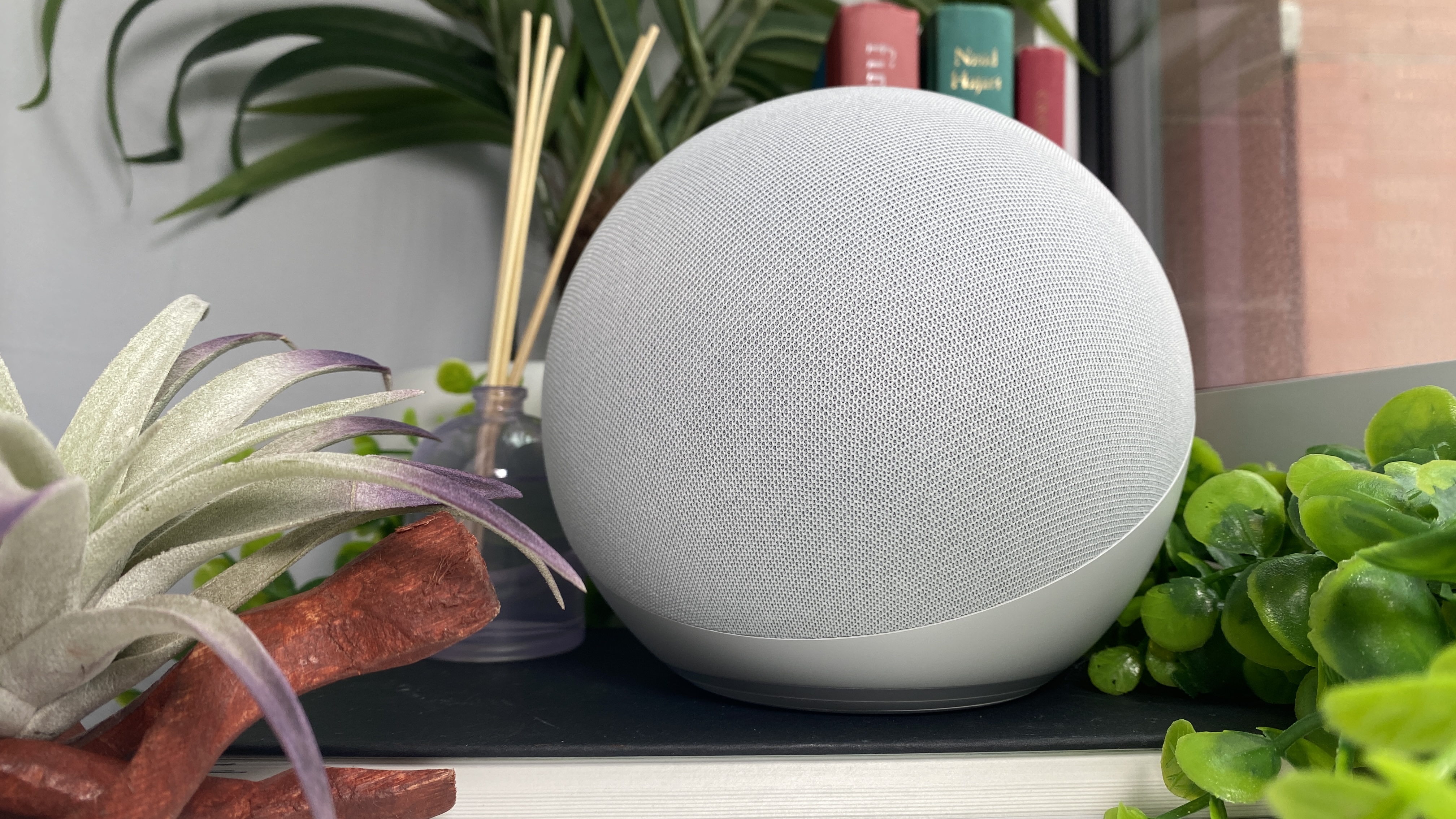In the world of luxury jewelry, diamonds have long been regarded as the ultimate symbol of love, wealth, and sophistication. However, as the demand for more affordable and ethical options continues to grow, diamond substitutes have gained significant popularity. These alternatives provide an attractive option for those who seek the beauty of diamonds without the high price tag or environmental concerns. In this article, we will explore the different types of diamond substitutes, their benefits, and why they are becoming increasingly favored among consumers.
What Are Diamond Substitutes?
Diamond substitutes are materials that resemble diamonds in appearance but are typically more affordable and may come with fewer ethical concerns. These substitutes can look strikingly similar to real diamonds, making them an ideal choice for those who want the sparkle of diamonds without the high cost or the environmental impact. Some of the most popular diamond substitutes include cubic zirconia, moissanite, and white sapphires, each offering unique qualities.
The Popularity of Diamond Substitutes
The rise of diamond substitutes is closely linked to the increasing awareness of the ethical and environmental implications of traditional diamond mining. Many consumers today are more conscious about the origin of their jewelry, seeking alternatives that have a smaller ecological footprint. Additionally, the escalating costs of diamonds have led many people to consider more budget-friendly substitutes. These factors have led to a surge in demand for diamond substitutes in recent years.
Types of Diamond Substitutes
When it comes to diamond substitutes, there are several options to choose from. Each type has its own set of characteristics, making them suitable for different preferences and budgets. The following are some of the most common diamond substitutes available in the market:
Cubic Zirconia
Cubic zirconia (CZ) is perhaps the most well-known and affordable diamond substitute. It is a synthetic material that mimics the appearance of diamonds, with its remarkable clarity and brilliance. While cubic zirconia may not possess the same hardness as diamonds, it is still an excellent choice for those on a budget. Additionally, CZ is widely available in various shapes and sizes, making it a versatile option for different jewelry designs.
Moissanite
Moissanite is another popular diamond substitute known for its exceptional brilliance and fire. It is a naturally occurring mineral that is also synthesized in labs. Moissanite is harder than cubic zirconia, making it more durable and resistant to scratching. Its fire, or the dispersion of light, is even greater than that of a diamond, meaning it sparkles more intensely. For those who want a diamond-like appearance with superior durability, moissanite is a top choice.
White Sapphire
White sapphires are natural gemstones that have a similar appearance to diamonds, but they are not as brilliant or sparkly as diamonds. However, white sapphires are still an excellent alternative for those looking for a more affordable gemstone. They are harder than cubic zirconia but less brilliant than moissanite, providing a balanced compromise between cost, durability, and visual appeal.
Advantages of Diamond Substitutes
There are several key advantages to choosing diamond substitutes over traditional diamonds. The primary benefit is the cost savings. Diamond substitutes are significantly more affordable, allowing consumers to purchase larger stones or more intricate designs for the same price as a small diamond. This affordability has made diamond substitutes especially popular for engagement rings, where the cost of a diamond ring can be prohibitive for many couples.
Another significant advantage of diamond substitutes is their ethical and environmental impact. Traditional diamond mining often involves harmful practices, including habitat destruction and labor exploitation. In contrast, diamond substitutes like moissanite and cubic zirconia are produced in controlled, ethical environments, which reduces their negative impact on the planet and local communities. Additionally, lab grown diamonds, which are another form of diamond substitute, are virtually identical to mined diamonds but are produced in a much more sustainable way.
The Drawbacks of Diamond Substitutes
While diamond substitutes offer several benefits, they are not without their drawbacks. One of the most notable differences is that diamond substitutes typically lack the same hardness and longevity as real diamonds. While moissanite and white sapphires are fairly durable, cubic zirconia is prone to scratching over time, which may make it less ideal for everyday wear. Diamonds, on the other hand, are the hardest known substance, making them virtually impervious to scratches.
Additionally, while diamond substitutes can look similar to real diamonds, they do not have the same rarity or prestige. For many, diamonds represent a symbol of eternal love or a valuable investment, and substitutes may not carry the same emotional or cultural significance. However, for those who prioritize beauty and affordability over tradition, diamond substitutes can offer a compelling option.
Why Choose Diamond Substitutes?
There are several reasons why consumers are increasingly choosing diamond substitutes. For one, they allow people to purchase larger, more impressive stones without breaking the bank. Whether for an engagement ring, a special occasion, or a piece of everyday jewelry, diamond substitutes offer a practical solution to owning beautiful, sparkling stones at a fraction of the cost.
Additionally, the ethical and environmental considerations surrounding traditional diamond mining have prompted many consumers to turn to substitutes. With concerns over the human and environmental toll of mining practices, choosing a diamond substitute can offer peace of mind knowing that the stone was produced in a more responsible and sustainable way.
Conclusion
Diamond substitutes are an excellent option for those who love the look of diamonds but want a more affordable, ethical, or practical alternative. With choices like cubic zirconia, moissanite, and white sapphires, consumers can find a substitute that suits their needs and preferences. While diamond substitutes may not carry the same prestige as natural diamonds, their beauty, affordability, and ethical production make them an attractive choice for many. As awareness of sustainable and budget-friendly alternatives grows, diamond substitutes are likely to remain a popular choice in the world of fine jewelry.
















